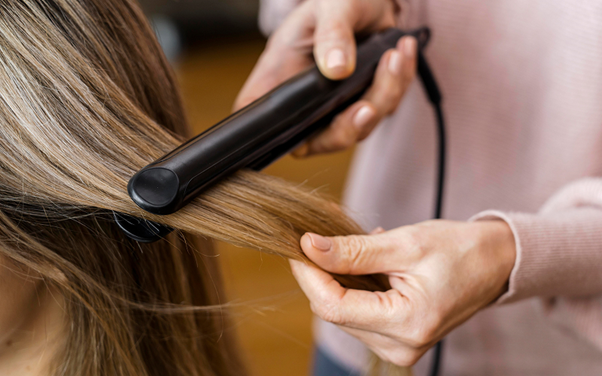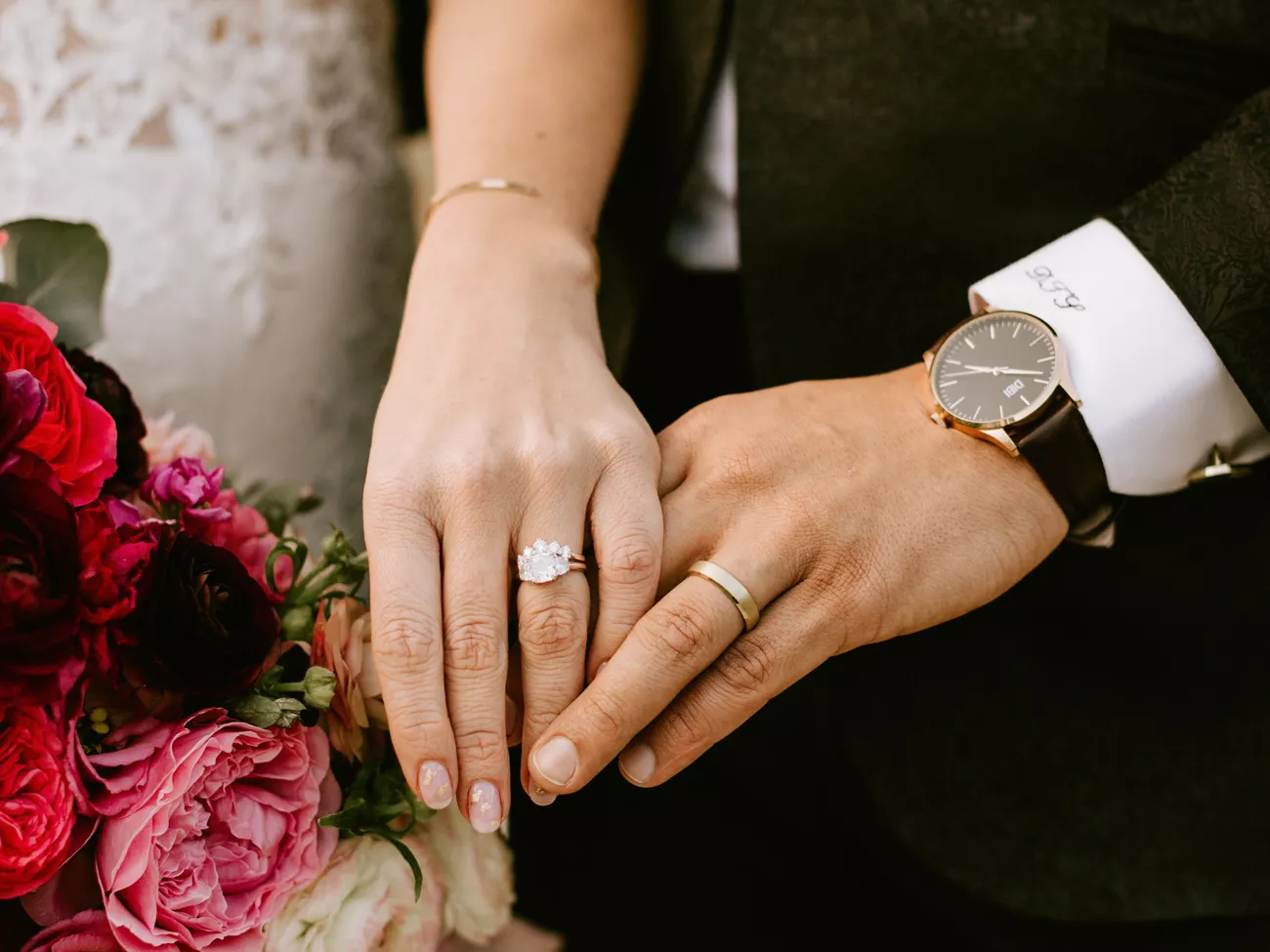Selecting the best hair straightener requires understanding your hair’s texture, density, and specific styling needs. Using the right tool helps achieve professional-looking results while keeping hair smooth and protected from damage.
Learning About Plate Materials
Plate material determines how heat transfers to hair and how efficiently the straightener performs. Ceramic plates remain popular because they heat evenly, reducing the risk of hot spots that can burn hair. They glide smoothly, making them ideal for fine or medium hair. Tourmaline plates enhance smoothness and reduce frizz by releasing negative ions, helping hair retain moisture. Titanium plates heat quickly and deliver consistent temperature control, making them suitable for thick, coarse, or curly hair that needs more heat to straighten effectively.
Choosing the right plate material ensures that styling remains efficient and safe. Ceramic benefits users with fragile strands, while titanium benefits those with dense or coarse hair needing extra heat power. Matching the tool to your hair’s characteristics leads to smoother results with minimal passes, helping maintain healthy hair over time.
Selecting the Right Plate Size
Plate size impacts how efficiently hair straightens, depending on its length and texture. Narrow plates (about 1 inch) work well for short or medium hair, allowing precise styling and easy control near roots. Wider plates (1.5 inches or more) suit long or thick hair, covering more surface area and reducing styling time.
Users with short hair or fringes benefit from slim plates, offering better manoeuvrability without accidentally overheating the scalp. Those with longer or thicker strands can finish styling faster using wider plates, reducing repeated passes that may cause dryness. Selecting a suitable size helps maintain healthy hair by distributing heat evenly and limiting exposure time. A well-matched size makes a straightener more efficient, delivering faster, sleeker results with less strain on hair.
Setting the Correct Temperature
Temperature control remains crucial when choosing the best hair straightener. High temperatures may smooth stubborn curls quickly but can weaken hair fibres if misused. Adjustable settings allow safer control. Fine or colour-treated hair benefits from lower temperatures between 150°C and 180°C, while thick or coarse hair performs better around 190°C to 230°C.
Straighteners with digital controls maintain consistent temperatures, preventing sudden spikes that may cause breakage. Heat protection sprays or serums add extra defence, minimising the impact of frequent styling. Maintaining appropriate heat levels ensures that hair stays glossy and healthy, avoiding unnecessary damage while achieving desired sleekness. Using the correct temperature also extends the lifespan of the tool, as it prevents overheating or excessive wear.
Features That Enhance Performance
Modern straighteners now include features that simplify styling and improve results. Floating plates adjust to hair thickness, ensuring consistent pressure and preventing snagging. Ionic technology reduces static, keeping hair smooth. Some models include automatic shut-off functions for safety, while others offer dual voltage for convenient travel use.
Lightweight designs and ergonomic handles improve comfort, especially for users styling daily. Swivel cords allow flexible movement without tangling. All these features contribute to a safer, smoother experience and more predictable outcomes. Selecting a model with such enhancements provides more control, making the best hair straightener a reliable everyday tool that supports consistent styling without unnecessary stress on hair or user.
Considering Hair Health and Maintenance
Caring for hair during and after straightening remains as vital as selecting the right tool. Using heat protectants before styling forms a protective barrier that reduces direct heat damage. Regular trimming keeps ends healthy, while deep-conditioning treatments restore moisture. Avoiding daily straightening allows hair to recover and maintain natural elasticity.
Cleaning the plates frequently prevents product build-up, ensuring smooth gliding and consistent heating. A straightener in good condition lasts longer and delivers safer results. Pairing the right device with proper care practices keeps hair strong and shiny, ensuring every styling session delivers professional-quality results.
ALSO READ: Best Treatments at a Curly Hair Salon in Singapore Today
Matching the Best Hair Straightener to Lifestyle
Selecting the best hair straightener extends beyond hair type—it also involves matching features to personal routines. Busy professionals may prefer lightweight, quick-heating models for efficient morning styling. Travellers benefit from dual-voltage straighteners, ensuring convenience wherever they go. Those who frequently style curls or waves should look for curved-edge plates for versatile styling.
A well-chosen straightener simplifies grooming and adapts easily to daily habits. Investing in one that complements both lifestyle and hair type ensures lasting satisfaction, reducing the hassle of switching devices or compromising on performance. The best hair straightener becomes not just a styling tool but a dependable companion for achieving polished, manageable hair effortlessly.
Conclusion
Selecting the best hair straightener depends on balancing heat performance, safety, and hair compatibility. Understanding plate materials, sizes, and temperature control ensures smooth, frizz-free results without harming hair. Proper care and usage maximise styling efficiency and maintain healthy, beautiful hair over time.
Visit TrendSetters for expert lifestyle, skincare insights, fashion, beauty, hair, and makeup tips to stay updated with the best choices for your daily style.






